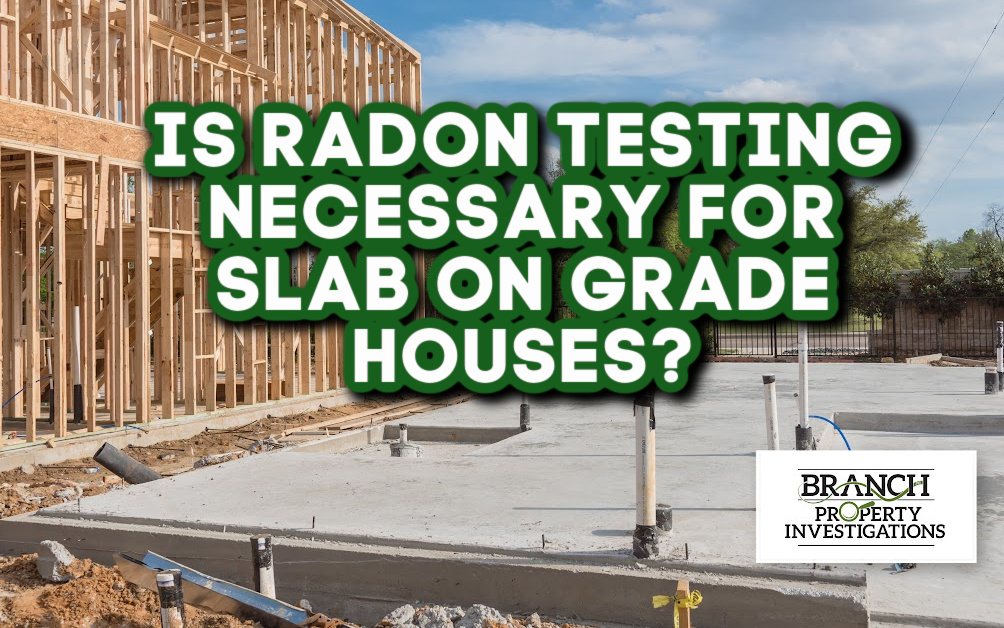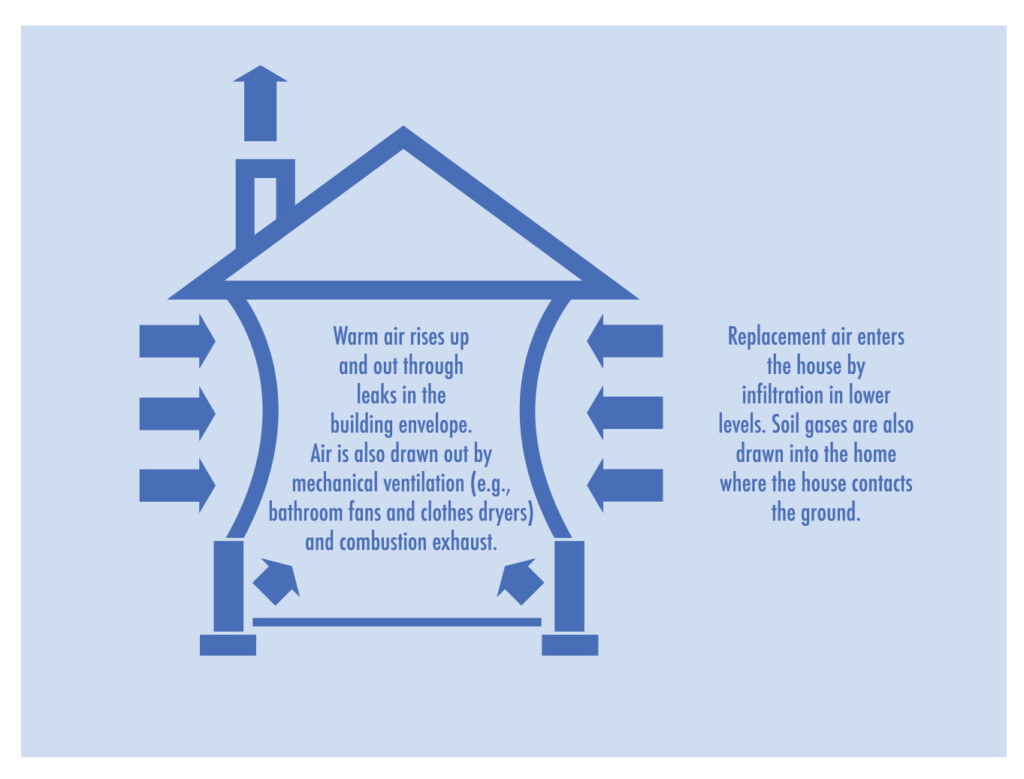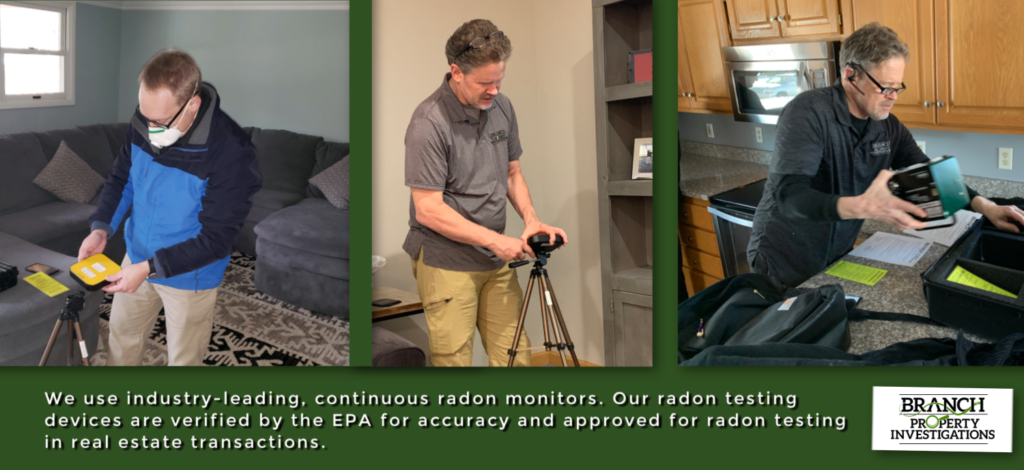In Minnesota, there are three main foundation types: basement, crawl space, or concrete slab-on-grade. Slab-on-grade houses do not have a basement or crawl space beneath them, but rather, they were built on top of a concrete slab. Is it possible for radon levels to be elevated in homes with slab-on-grade foundations? Absolutely. We came across two such houses this week, and thought it was worth mentioning because we often hear people say, “It’s not worth testing when there’s a slab-on-grade foundation”. Both of these slab-on-grade houses tested with radon levels over 4.0 pCi/L (One at 7.2 pCi/L and the other at 9.4 pCi/L), so mitigation was recommended for each home.
Why are Some Homes Built on a Concrete Slab?
This method of construction is the least common foundation-type in Minnesota. It is more commonly used in warmer climates where seasonal freezing and thawing of the ground is less of a concern. A slab-on-grade foundation is a structural engineering practice in which the concrete slab that will serve as the foundation for a building is shaped by formwork that is set into the ground. The concrete is then poured directly into the forms, leaving no space between the ground and the structure.
How Can Radon Enter Through Slab-on-Grade?
Most people don’t realize that concrete is porous and soil gas can penetrate it, especially through cracks in the slab. A home’s air pressure also has a tremendous impact on how easily radon gas can enter. Appliances such as water heaters, fireplaces, clothes dryers, furnaces, and exhaust fans remove air from the home. This can drive soil gas into the home as make-up air enters the lower part of the house. The pressure difference creates a vacuum and outside air is pulled into the home through openings like doors and windows as well.
How Do I Mitigate Radon with a Slab-On-Grade Foundation?
Our company only tests a home’s radon levels, we do not mitigate. However, there are some commonly known methods to mitigate radon for slab-on-grade houses. A mitigation company will help determine which method is best for your home.
Sub-slab Depressurization
This is the most common choice of radon reduction method for slab houses. Its objective is to lower the pressure underneath to avoid radon gas from escaping the ground by pulling in the air. It is done by inserting a suction pipe through the floor slab and allowing air to move into the crushed rock or soil underneath. This creates an air trap that prevents the escape of radon gas.
Drain Tiles or Perforated Pipe
Some houses do have pipes that direct water away from the foundation of the house. One can add suction to these tiles or pipes to draw out radon. It is often an effective method for reducing radon concentration at home.
Not All Radon Tests are Created Equal
The professionals at Branch Property Investigations use industry-leading, continuous radon monitors to test slab-on-grade foundations. Our radon testing devices are verified by the EPA for accuracy and approved for radon testing in real estate transactions.
Our monitors routinely provide a more accurate picture of radon levels than charcoal canister test kits. (You may have read about these; they are available at most hardware stores.) They also provide hour by hour variation to help show diurnal patterns. Additionally, we have our monitors calibrated on an annual basis to ensure their accuracy.
We don’t perform mitigation, so we have no conflict of interest. We service the greater metro Twin Cities area and would be happy to conduct your radon test this winter! You can schedule online at branchinvestigations.com or call (612) 440-8466.





